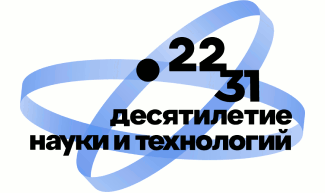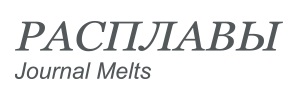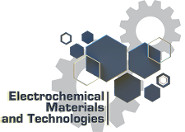The proposed technology provides producing the continuous strongly adhered to the substrate refractory and rare metals coatings which have various unique physical-chemical properties:
- Coatings of rare and noble metals on articles made of more available and cheap refractory metals that make an opportunity to reduce the cost of the articles and to economize scarce metals (Ir on Re, Re on W, Re on Ni).
- Tungsten and molybdenum coatings on copper parts of electronic tubes ensuring high erosion resistance while the electrical and heat conduction levels are kept at their maximum.
- Chromium coatings which impart suppressor properties to articles and possess the corrosion-erosion resistance in air at temperatures up to 1000-1200°С.
- Needle rhenium coating which have properties of the absolute black body and absorb the radiation almost completely including ion beams, or emit the excess energy well.
- Coatings on articles made of carbon materials which acquire service properties of refractory or rare metals while the mass is sharply reduced and scarce metals are saved.
- Titanium and chromium coatings on ferrous articles making them corrosion and erosion resistant. These composite blanks can undergo additional metallurgical treatment.
Deposited coatings of refractory and rare metals can be treated additionally by electrochemical no-current methods in salt melts in order to to imrove their characteristics (aluminizing, boriding, siliconizing, scandium-plating, lanthanizing, etc).
Advantages:
- Due to this technology the electrolysis temperature is reduced to 600-800°C that results in decrease of energy consumption and cost of the coated products.
- Simple monitoring of electrolysis parameters unlike other methods, e.g., the gas-phase technique.
- The possibility to deposit coatings on intricately shaped products which is not always possible using traditional methods.





